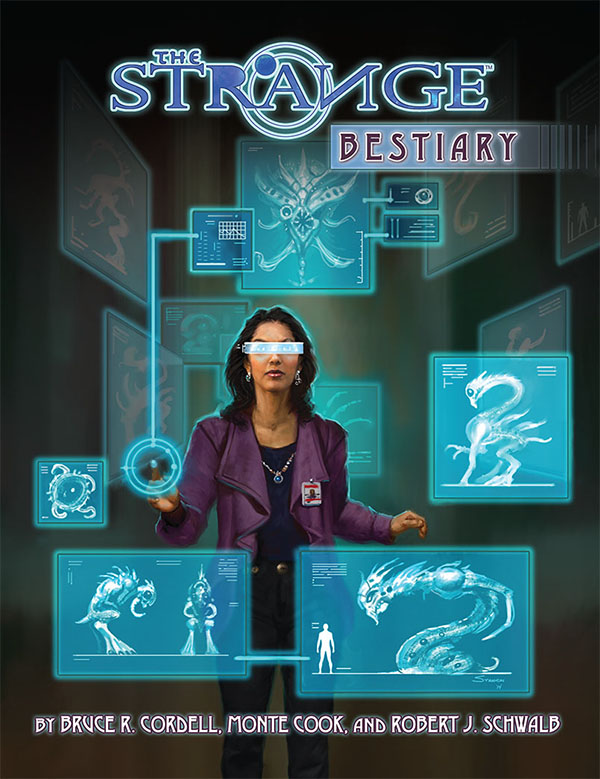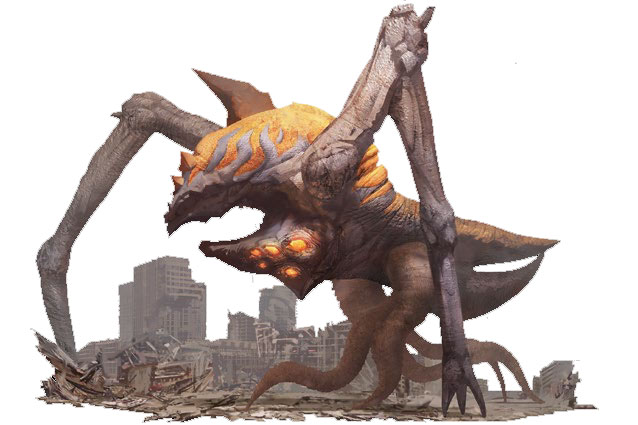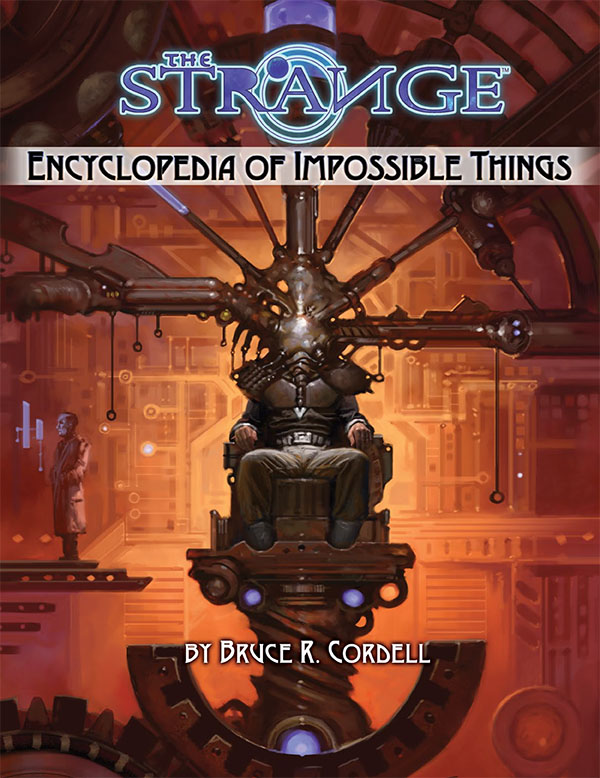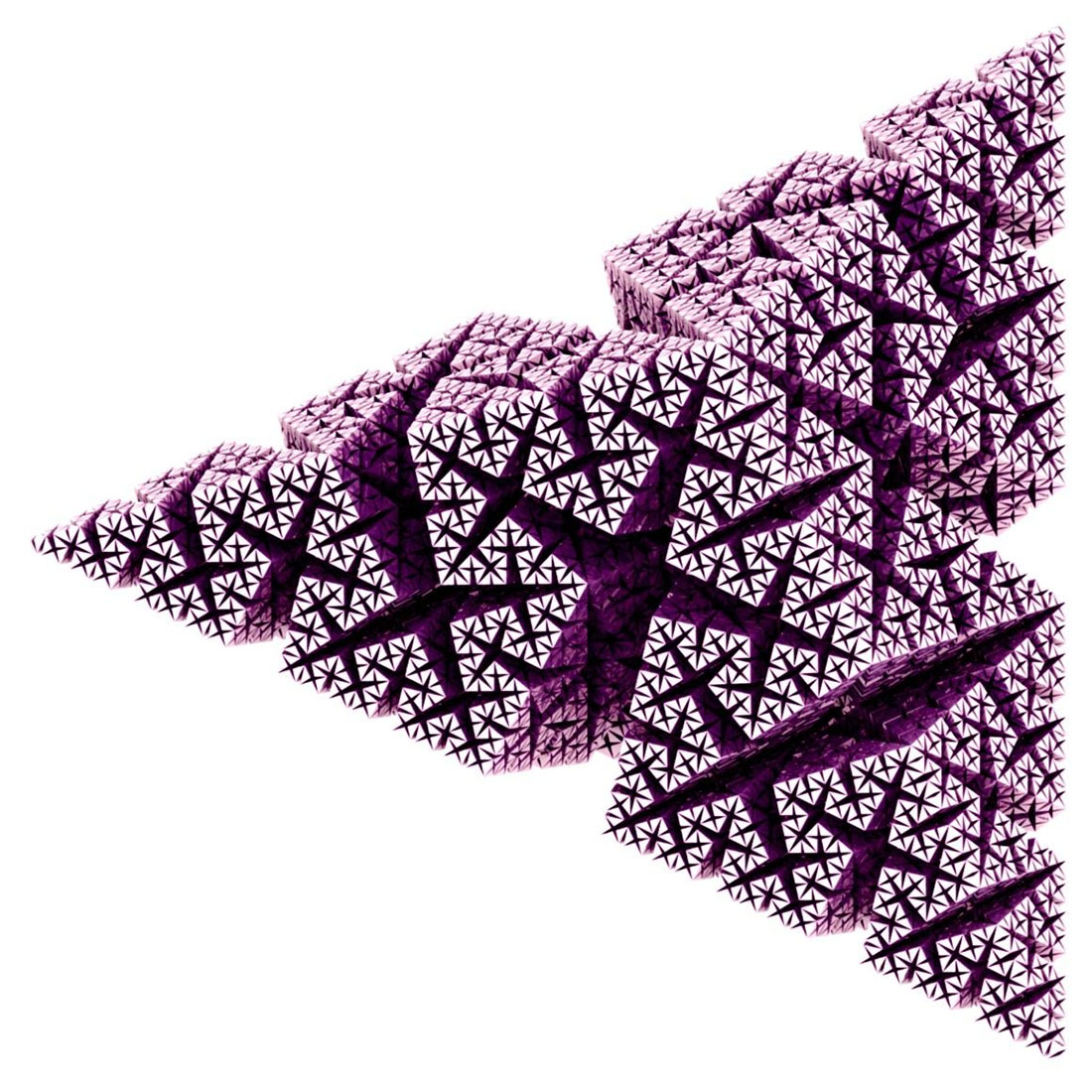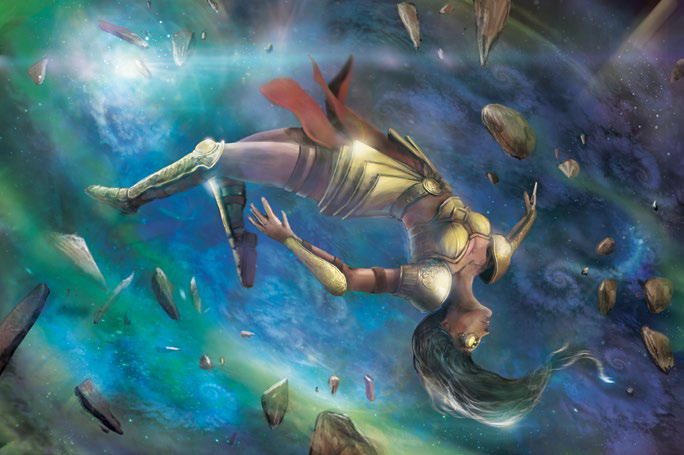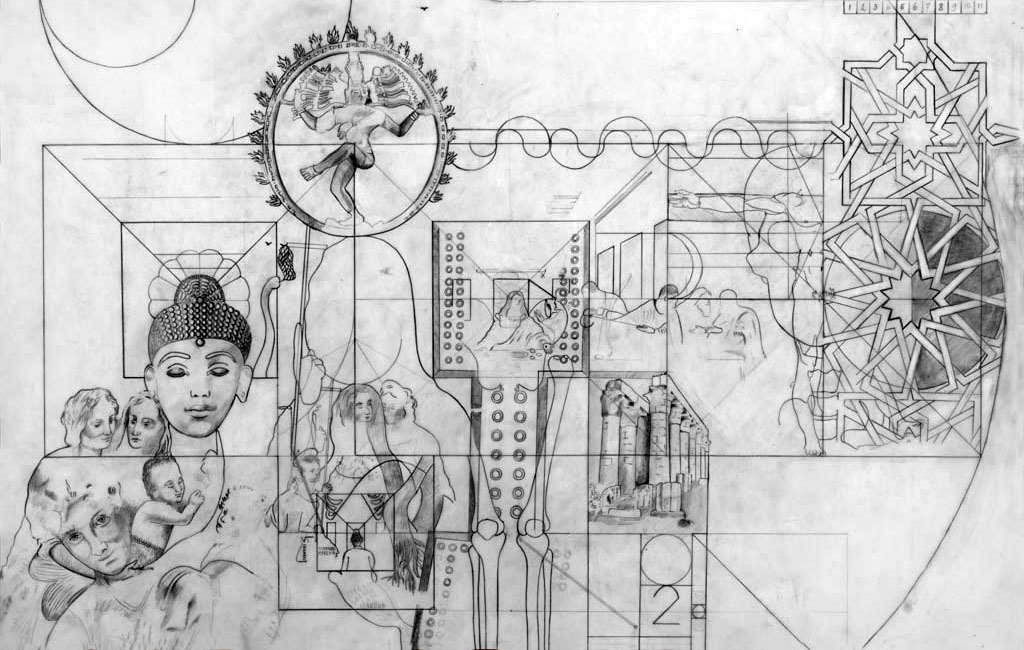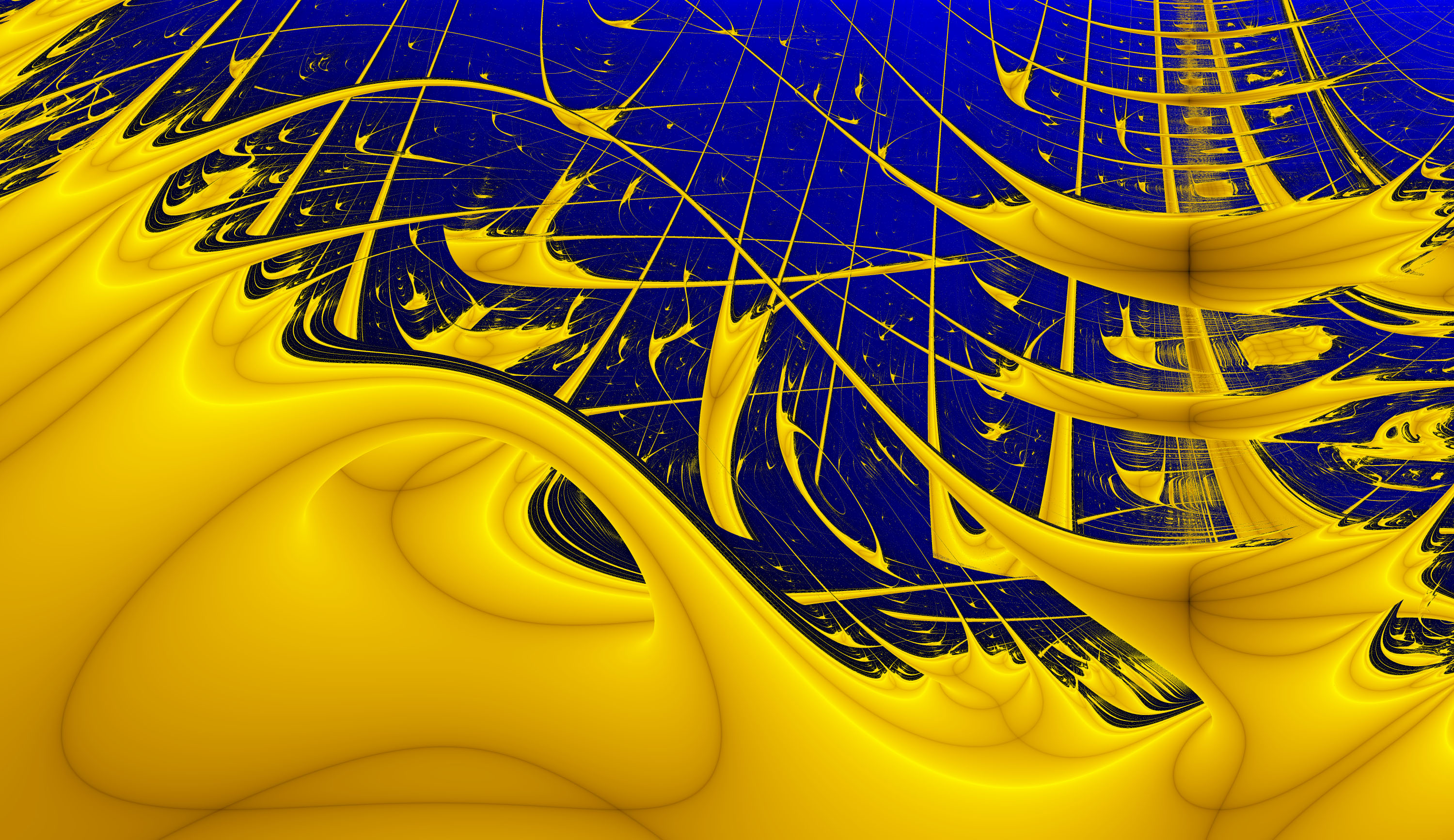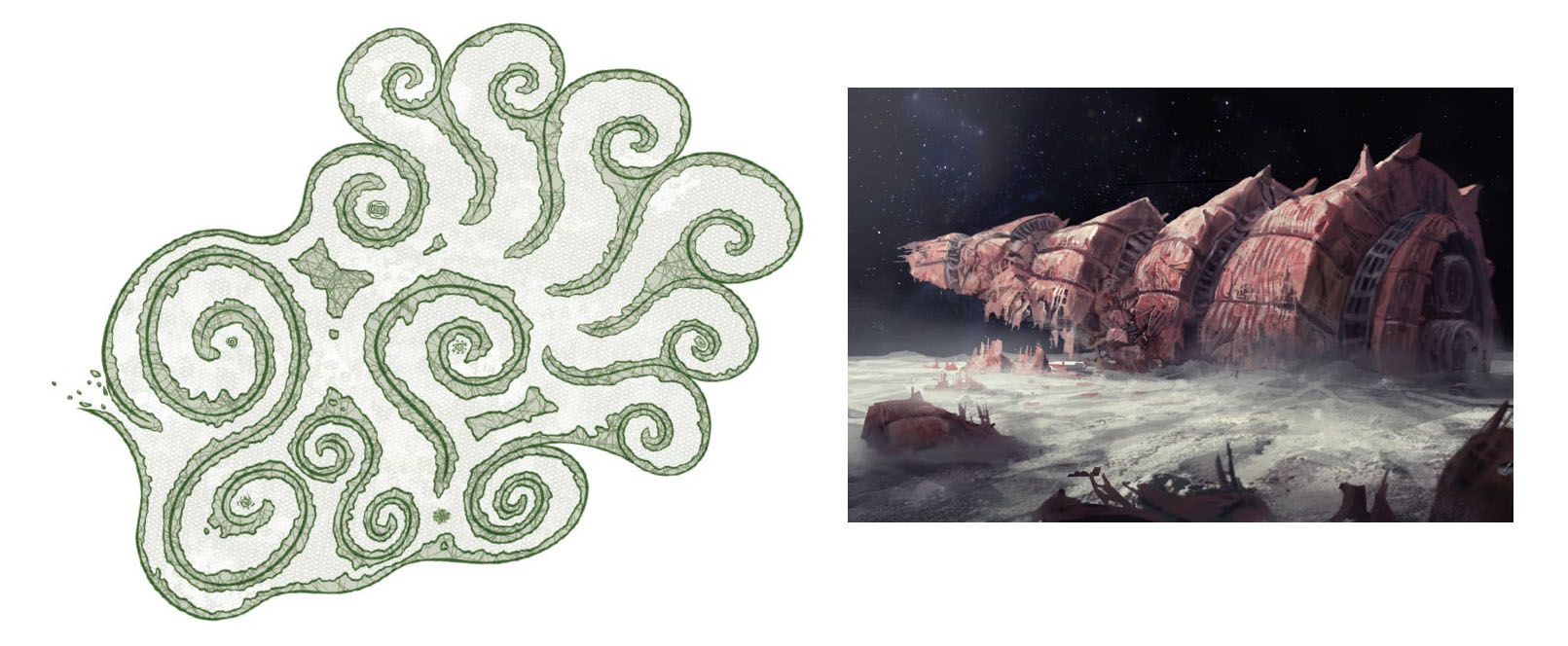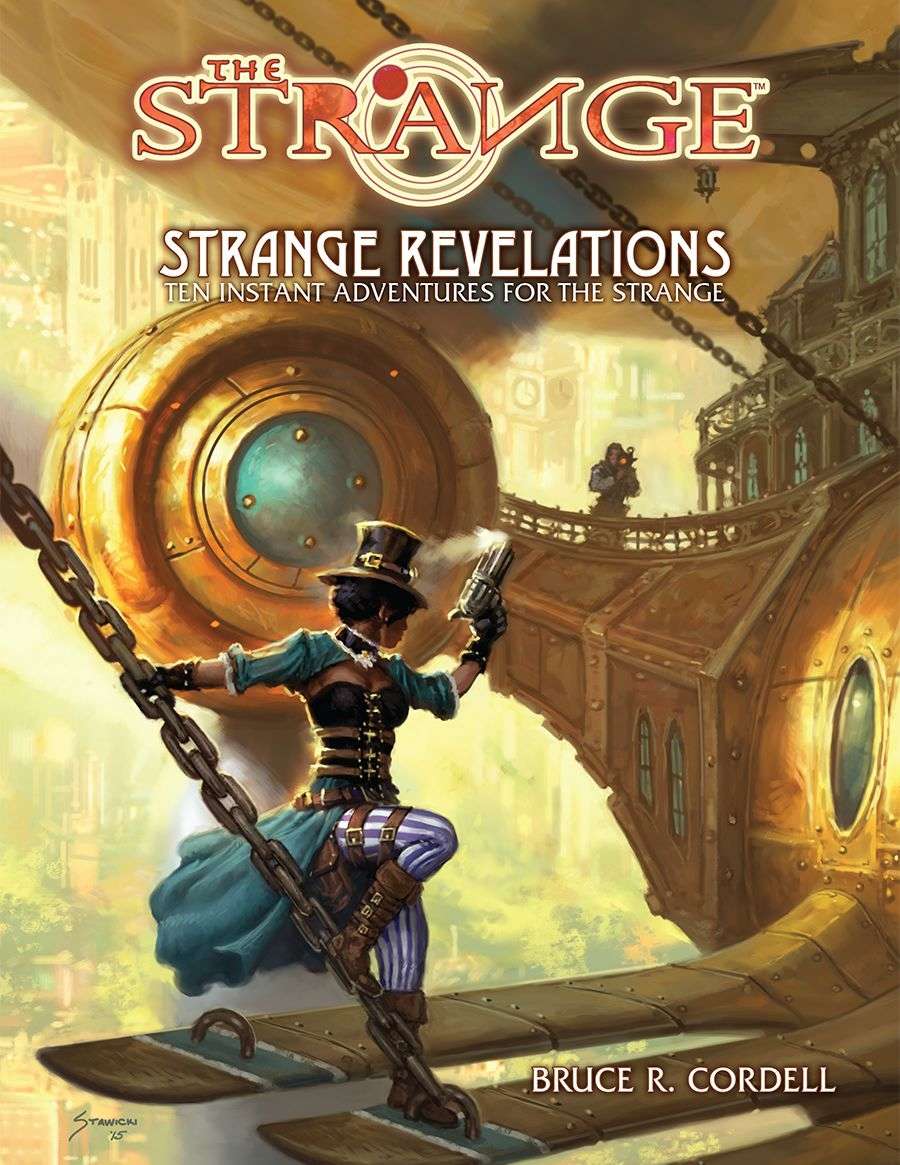 As I mentioned way back in GM Don’t List #1, I am generally anonymizing the examples I give in these essays. I’m not looking to shame specific Game Masters, and I’m not interested in punching down. My goal is not to initiate some sort of witch hunt; it’s to educate and discuss.
As I mentioned way back in GM Don’t List #1, I am generally anonymizing the examples I give in these essays. I’m not looking to shame specific Game Masters, and I’m not interested in punching down. My goal is not to initiate some sort of witch hunt; it’s to educate and discuss.
This essay, however, is an exception. The problems I had this time ultimately originated with a published product, and a published product is fair game.
The book in question is Strange Revelations, an adventure supplement for The Strange. When I reviewed Strange Revelations, I mentioned that I would be using at least 8-9 of the ten scenarios in the book at my gaming table.
The tenth scenario was “Venom Rising”.
SPOILERS AHEAD FOR VENOM RISING
“Venom Rising” is a hot mess of a scenario.
The premise is that an NPC has been framed for blowing up several industrial facilities and the PCs need to clear her name. So why is everyone convinced she did it? What’s the evidence that she’s guilty?
There isn’t any.
So right there you have a broken premise, right? It’s the equivalent of a D&D adventure where you’re supposed to kill the ogre that’s been harassing the village and, when you ask where he is, the mayor says, “That’s his corpse in the corner there.”
Which brings us to the scenario itself, which consists of the PCs visiting the suspect’s living quarters and each of the industrial sites that were blown up. These scenes play out in one of two ways:
- The PCs show up, fight 4-5 bad guys, search the location, and find no clues.
- The PCs show up, search the location, find no clues, and then fight 4-5 bad guys.
And here’s how the scenario premise is supposed to resolve itself:
- The PCs see a picture of the suspect and realize that she has a third arm.
- They do the equivalent of an internet search, find the publicly broadcast video feed from one of the attacks, and note that the masked terrorist who blew up the facility doesn’t have three arms.
So when I said that there wasn’t any evidence incriminating the suspect, that was inaccurate: It’s not just that there’s no evidence incriminating her; it’s that the evidence which is publicly available before the PCs begin their investigation indicates that someone else did the crime.
 Except it’s even worse than that because the suspect’s robotic third arm is pictured as detachable. Which means that the evidence which is supposed to be “exculpatory” isn’t actually exculpatory.
Except it’s even worse than that because the suspect’s robotic third arm is pictured as detachable. Which means that the evidence which is supposed to be “exculpatory” isn’t actually exculpatory.
Ultimately, the module tells the GM to resolve the situation by having the person actually responsible for the bombings simply show up and do something egregiously guilty-looking directly in front of the PCs for no particular reason.
Simply reading through the scenario it was obvious how it would play out at the table: The PCs would go from one location to the next. They would never be able to accomplish anything (because there was nothing to accomplish), and would thus grow slowly more and more aggravated with their frustrated investigations. Then the bad guy would arbitrarily show up and the scenario would end with a final, relieved whimper.
In short, the scenario was completely unsalvageable. I metaphorically tossed it to one side, focused my attention elsewhere, and basically never thought about it again.
… which proved to be a mistake. Because when Gen Con rolled around last month, I wanted to play The Strange. Because I had literally forgotten all about “Venom Rising”, I didn’t recognize the title and, therefore, didn’t realize that Monte Cook Games was running a scenario from Strange Revelations. In fact, I was over an hour into the session before I realized what was happening.
And the scenario did, in fact, play out exactly the way I thought it would: In frustrating irrelevance with an unsatisfying whimper.
(Although to the credit of both creative play and the actual GM who was running the session, it wrapped up in a memorable fashion with the PCs ultimately sympathizing with the “bad” guy’s political manifesto and making arrangements to hook him up with freedom fighters who could help him achieve his political goals. As one of the players put it: “It was the first time in a decade of roleplaying that convincing the villain to use better PR has solved the problem!”)
TRIAGE AT THE TABLE
Such a result (usually minus the memorable moment) is, in fact, inevitable when the GM creates a mystery with no clues.
You wouldn’t expect this to be a particularly common phenomena, but I’ve encountered it with a surprising regularity over the thirty years I’ve been gaming. It usually doesn’t manifest itself with the utter purity demonstrated by “Venom Rising”, but it often crops up in less severe forms or within certain sections of a large scenario.
I suspect the problem is born from a fundamentally inverted understanding of how mystery scenarios are structured: We think of mystery stories as being defined by the lack of information (because they are stories of finding something which is unknown), which erroneously leads us to design scenarios which lack information.
The primary solution, of course, is understanding that mystery scenarios are actually structured on acquiring information and liberally applying the Three Clue Rule during scenario design. That’s a topic, of course, which is thoroughly covered in the Three Clue Rule essay, and I don’t think I need to further belabor the subject here.
What I will note, however, is that sometimes you can unintentionally find yourself in this scenario during actual play: You prepped clues, but the PCs missed them. Or you simply made a mistake and the PCs have ended up in an investigatory cul-de-sac where they’re unable to make any progress.
Triaging this situation at the table involves accurately maintaining and monitoring your Revelation List:
- Make a list of all the conclusions the PCs need to make in the course of their investigation.
- List all of the clues that exist for each of those conclusions.
- Use the list during actual play to track which clues the PCs have received and – importantly! – which clues they appear to have missed.
(In some cases they’ll double back and find clues they initially seemed to miss, but you can’t count on that happening.)
What you need to be keeping an eye out for are the revelations for which the PCs have missed all of the necessary clues. (In practice, you really want to start paying attention at the point where they’ve missed all but one of the possible clues. Don’t let yourself get completely backed into a corner before working to get yourself out.)
Some revelations may be nonessential. (Redundancy, particularly once you start working with full-fledged node-based design, is not unusual.) Regardless, a missing revelation should be like an alarm bell going off behind your screen. Or maybe a Check Engine light would be the better analogy: The scenario may not be immediately bursting into flames and crashing, but you do need to get it into the shop ASAP for some tender love and care.
One of the best tools to have in your arsenal is a proactive element in the scenario which you can use to deliver new clues. (There’s more discussion of this in the Three Clue Rule, but you can never go too far wrong having some thugs kick down the PCs’ door.)
If everything has gone completely to hell, this proactive element can – as in “Venom Rising” – simply be the bad guy showing up for his final confrontation. This technique, however, is incredibly dissatisfying for the players. You’re better off having the proactive element be at least one step removed so that the players can actually make the final conclusion for themselves (this is similar to Matryoshka search techniques).
On the other hand, you should also consider just letting the investigation fail sometimes. As GMs we’re often terribly hesitant to do so, but if player choices are going to be meaningful (and they should be), then sometimes the consequences of those choices will be failure. Clinging to that moment – forcing the PCs to wallow in the failure – can often be more frustrating and harmful than simply allowing the failure to happen: The cultists complete their ritual and Innsmouth slides in the sea. The bank robbers escape with the cash. Doctor Nefaria successfully travels back in time and takes over Yugoslavia in 1982.
The good news is that the consequences of failure usually beget even more interest than success: The disappearance of Innsmouth brings Mythos cults into the national headlines, leading to a burst in youth Cthulhu gangs and Nyarlathotep-inspired rebellion. The bank robbers use the cash to fund an arms deal with Mexican drug lords. The once two-bit villain Doctor Nefaria has suddenly become your campaigns’ Doctor Doom and the PCs have no one to blame but themselves.
Of course, they can only blame themselves (instead of blaming you) if you’ve designed the original mystery with the necessary clues.

